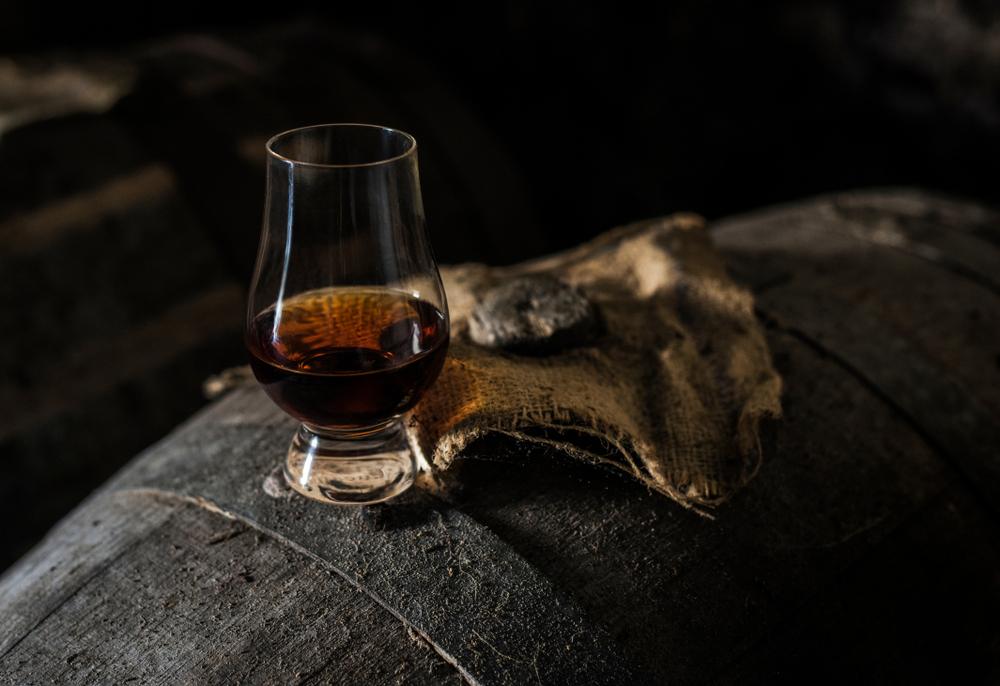Almost 90% of investors have said they are modifying their portfolio approach, with many turning to alternative investments to spread risk, as COVID disruption sees the UK economy contract by a fifth. According to the 2020 Cask Whisky Buyer Report, we should be looking to a burgeoning asset class, which, in the right hands, could offer investors literal liquid gold.
New research by cask whisky investment specialists, Whiskey & Wealth Club, revealed that many investors favour established alternative assets, with 31% in favour of art, 28% in favour of antiques and 24% opting for wine. However, the key finding of their report is that, in the current climate, some 55% of investors are now interested in cask whisky investment.
Around 57% of those surveyed said they would consider investing in the amber spirit in an effort to diversify their portfolios, while more than two-thirds stated that the potential returns on cask whisky would be their leading motivation to invest.
Commenting on the report findings, Whiskey & Wealth Club founder, Jay Bradley, said: “The more ‘traditional’ alternatives, such as art and, antiques and watches are the most sought-after. Yet cask whiskey, is becoming popular as an ever-appealing prospect for investors looking to negotiate this period of financial uncertainty and meet their changing needs.”
The report also highlighted another interesting trend. While wine proved particularly strong towards the latter stages of the 20th century, and then again with Asian demand in the twenty-teens, whisky, like gin, appears to be having something of a renaissance with young drinkers. Indeed, of those surveyed, over 50% of those aged 25-34 were more likely to invest in the spirit over their older counterparts.
Whisky going from Glens to Global
This popularity is being reflected in whisky and fine spirit sales, with Whiskey & Wealth Club saying that demand has ‘soared’ in recent years, and is set to continue rising.
Some of the key performance data they point to include the Scotch whisky secondary wholesale market being valued at $40 million according to IWSR; global whisky exports in 2019 hitting a record of £4.9 billion; and Irish whisky growing by 300% in a decade, with the US market alone worth $1 billion.
This trend is also being reflected across ‘status spirits’ as a whole, with the IWSR quoting that the market is now worth $8.3 billion (excluding baijiu), and growing at an annual rate of 7%.
Speaking on the potential of using spirits to hedge our way through hardship, IWSR CEO, Mark Meek, says: “Though we conducted our study prior to the current COVID-19 situation, when we look at similar past events, such as SARS and the 2008 financial crisis, luxury goods and status spirits in particular have always recovered to previous levels.”
With the fine whisky market having previously been accessible to a select few, the sector is still developing and remains largely unexplored. Now that any investor is able to use brokers to purchase casks of premium spirits straight from distillers, the number of investors enjoying the sweet notes of whisky value appreciation is growing, and boutique distilleries are receiving much-needed injections of capital.
Mr Bradley concludes: “As the cask whiskey buying market matures, the key differentiator is the cachet of premium spirit. Investing in a whiskey from a premium distillery or brand — with a limited run— offers the potential for significant return on investment. When it comes to whiskey, quality and rarity will always count.”
And with that, I await the arrival of my bottle of Lagavulin 2001 Distiller’s Edition. Which, though it may count as a status spirit, I have no intention of saving it. Of course, this remind me of a fun adage for any fine drink hedging gone awry: if all goes to pot, you can drink your investment, to momentarily forget your troubles.

